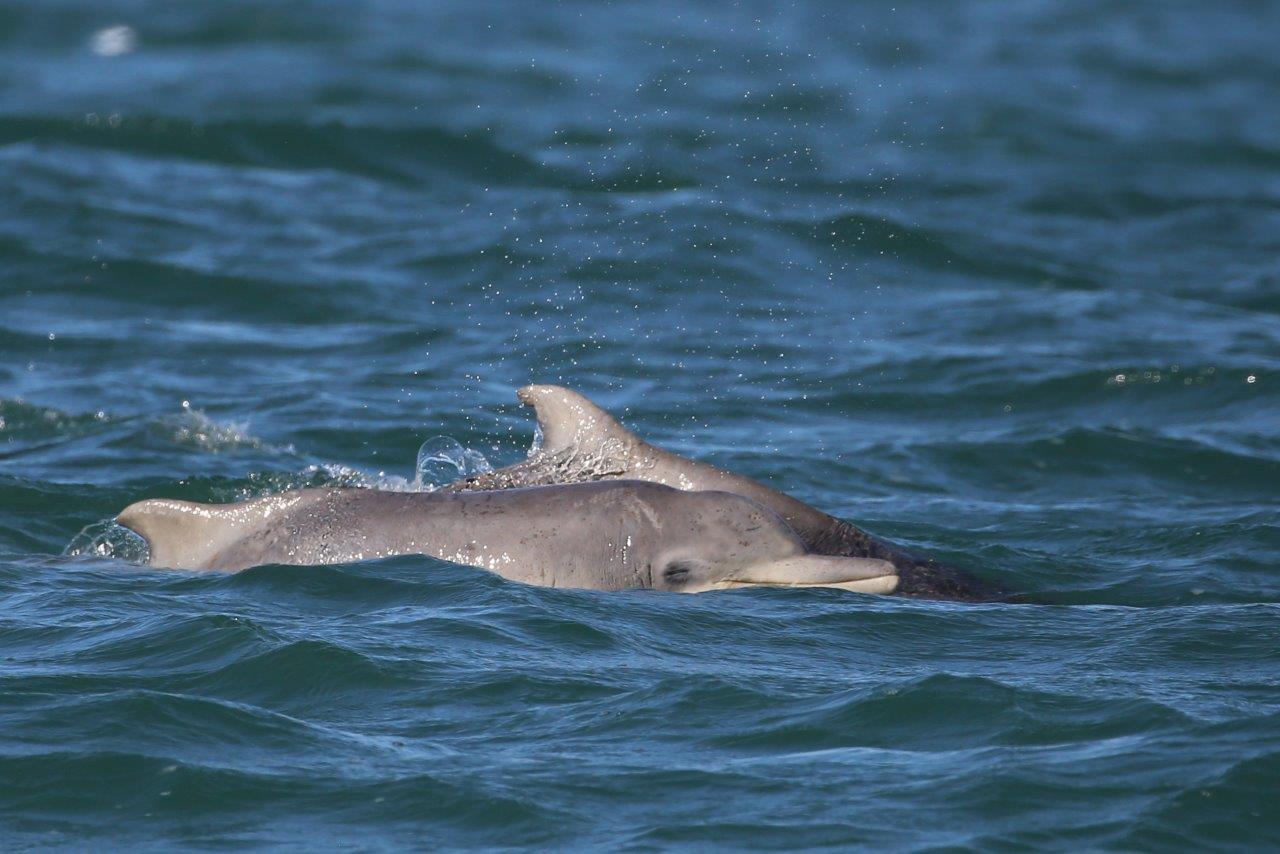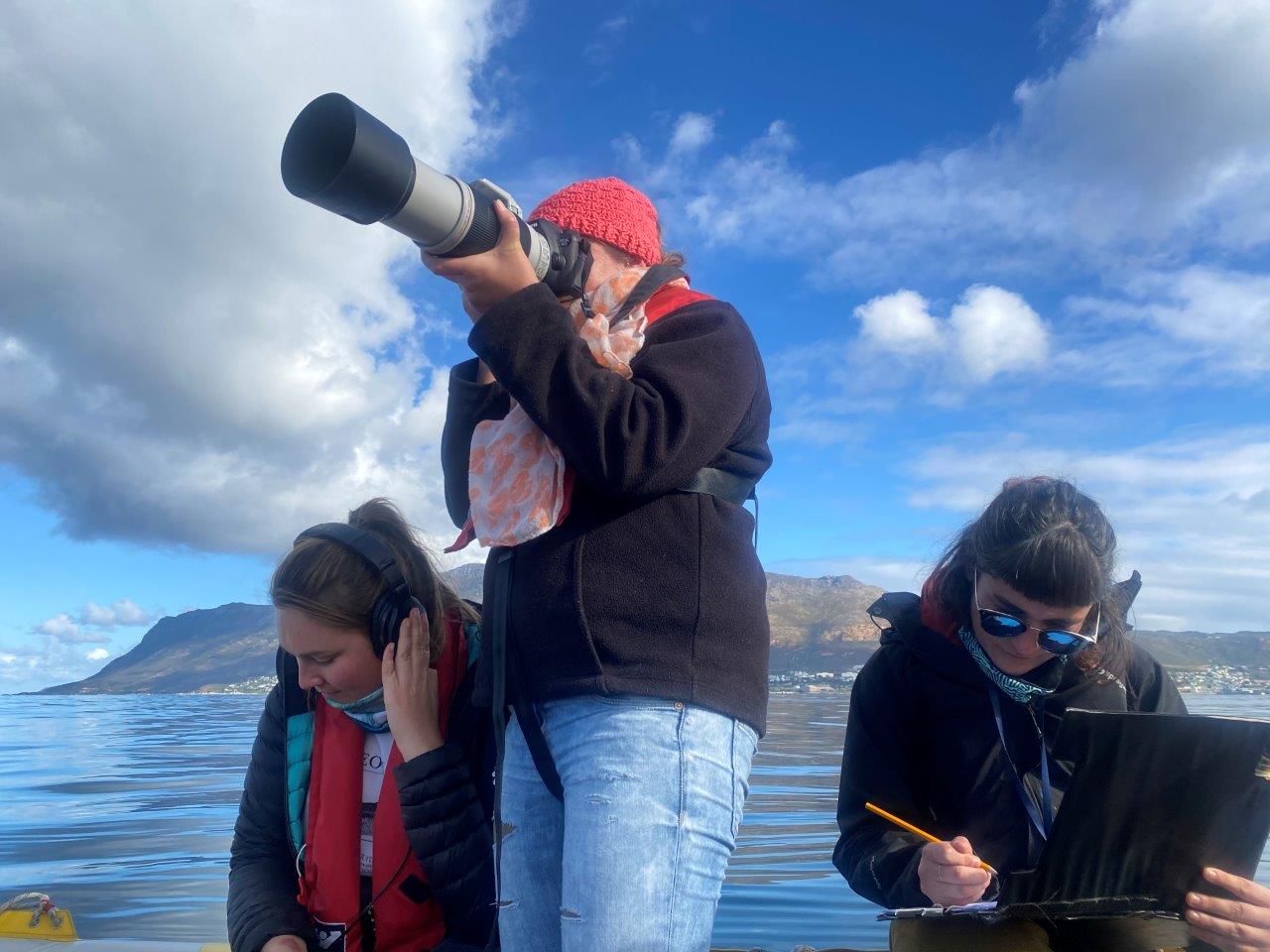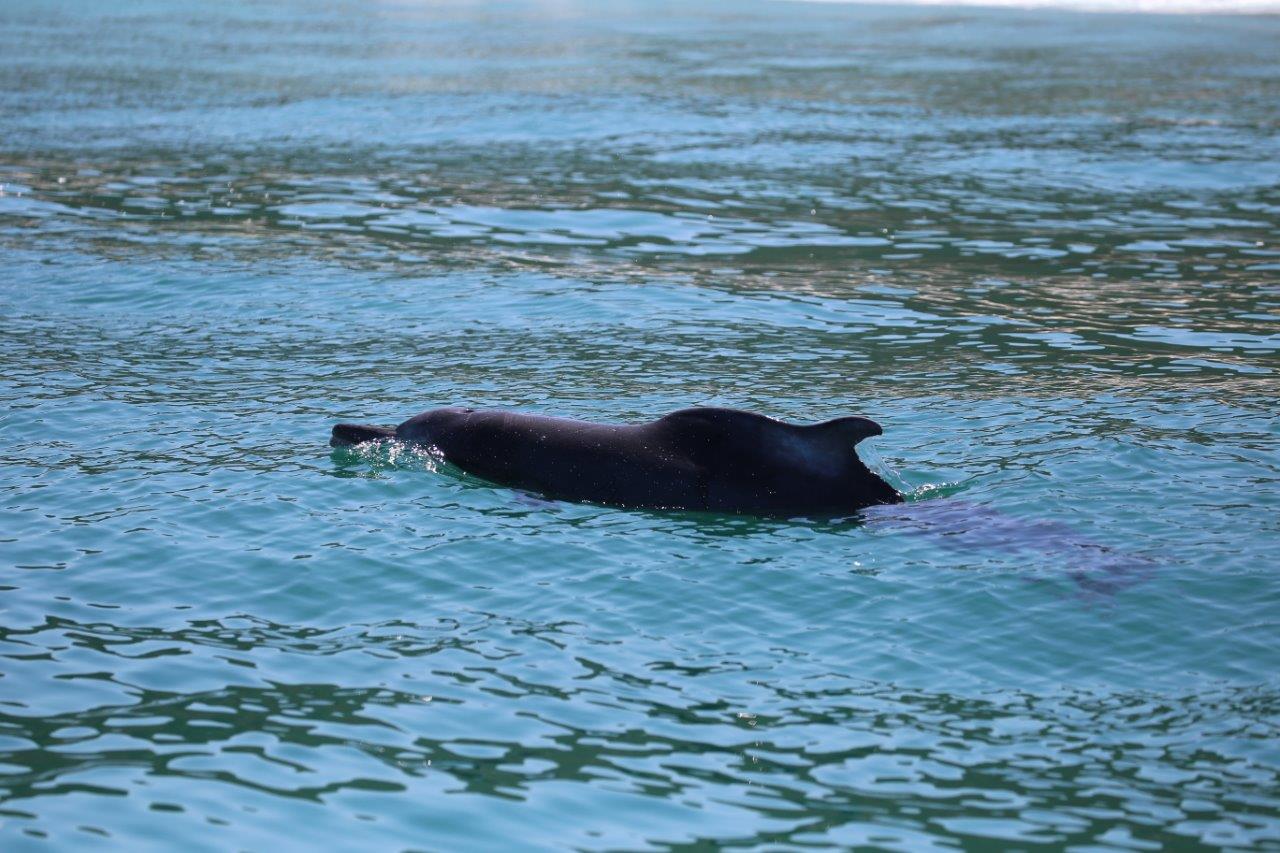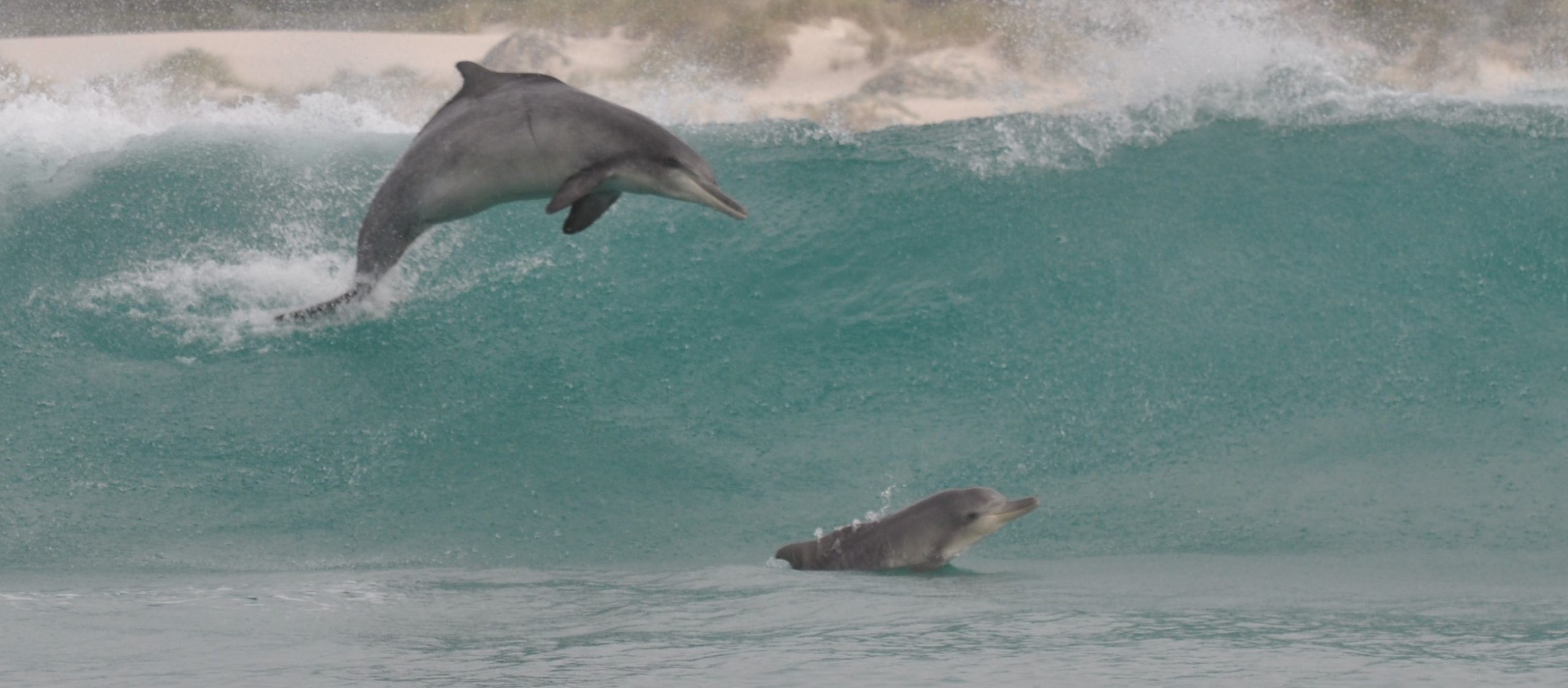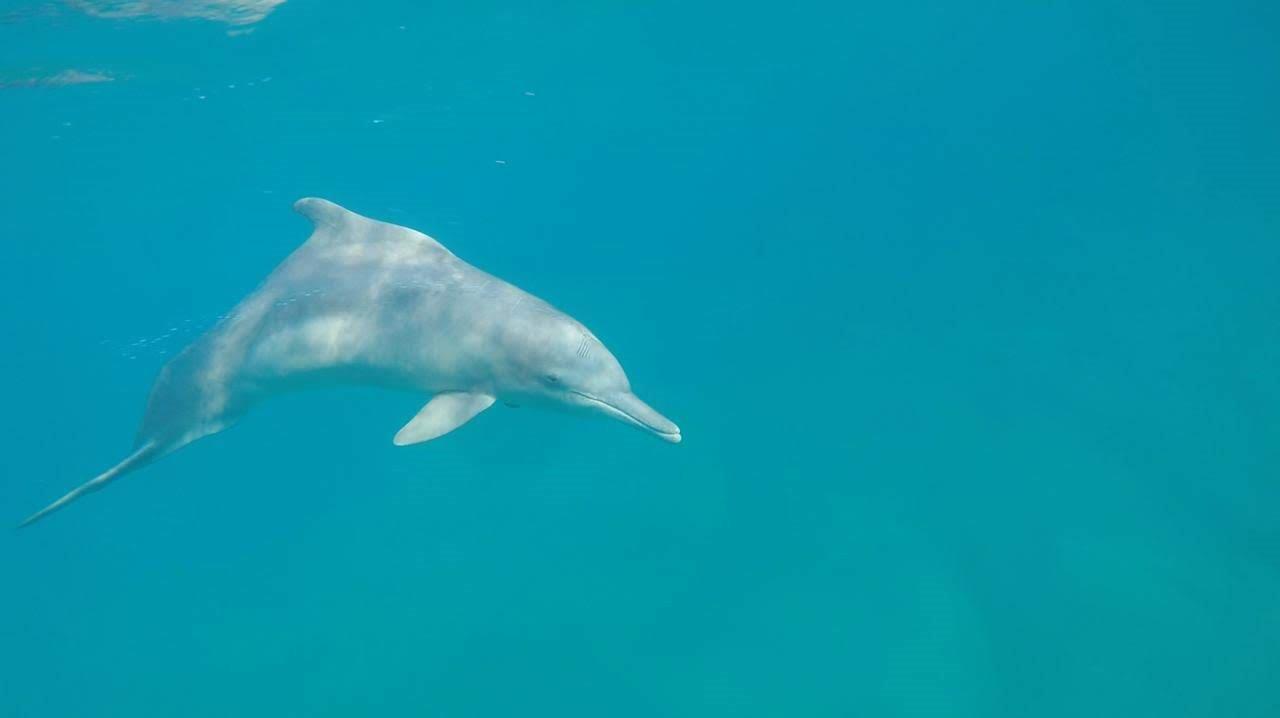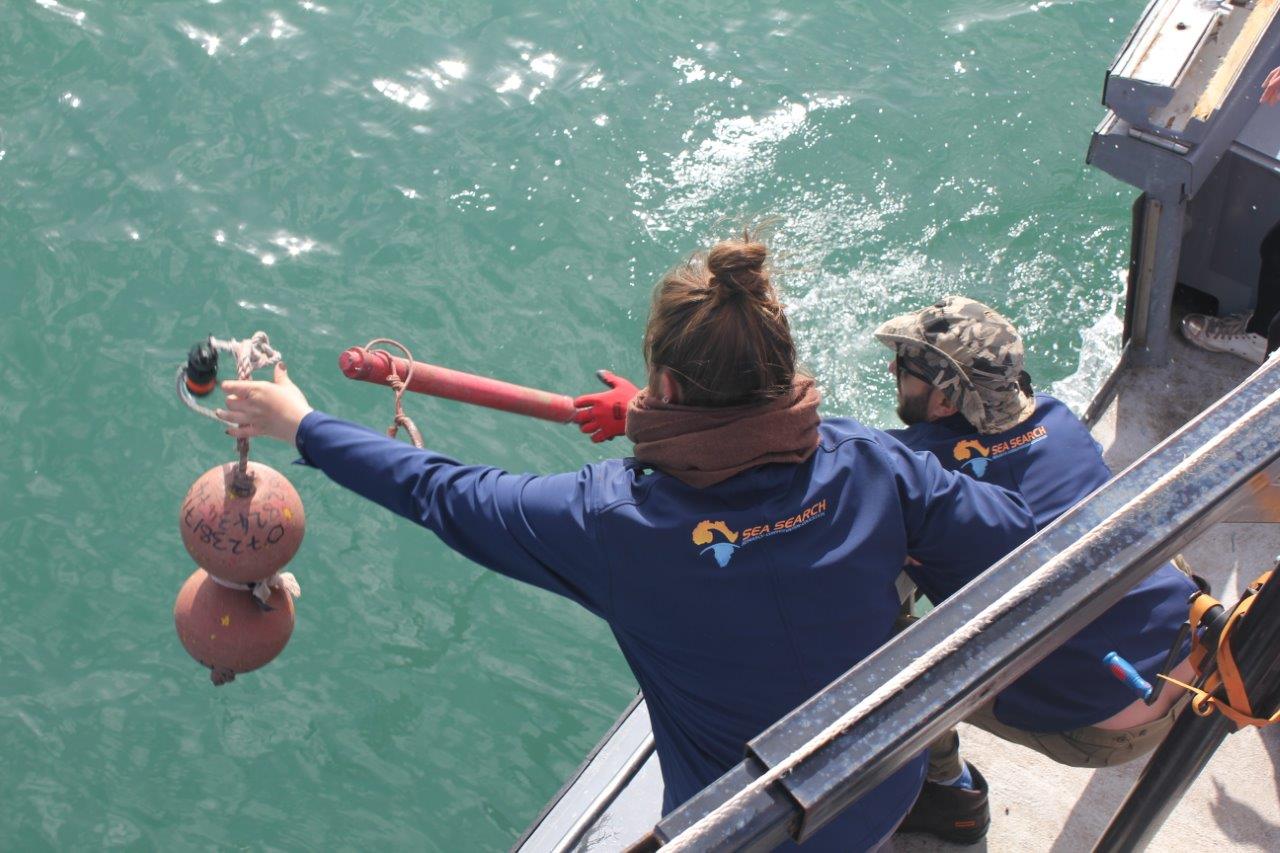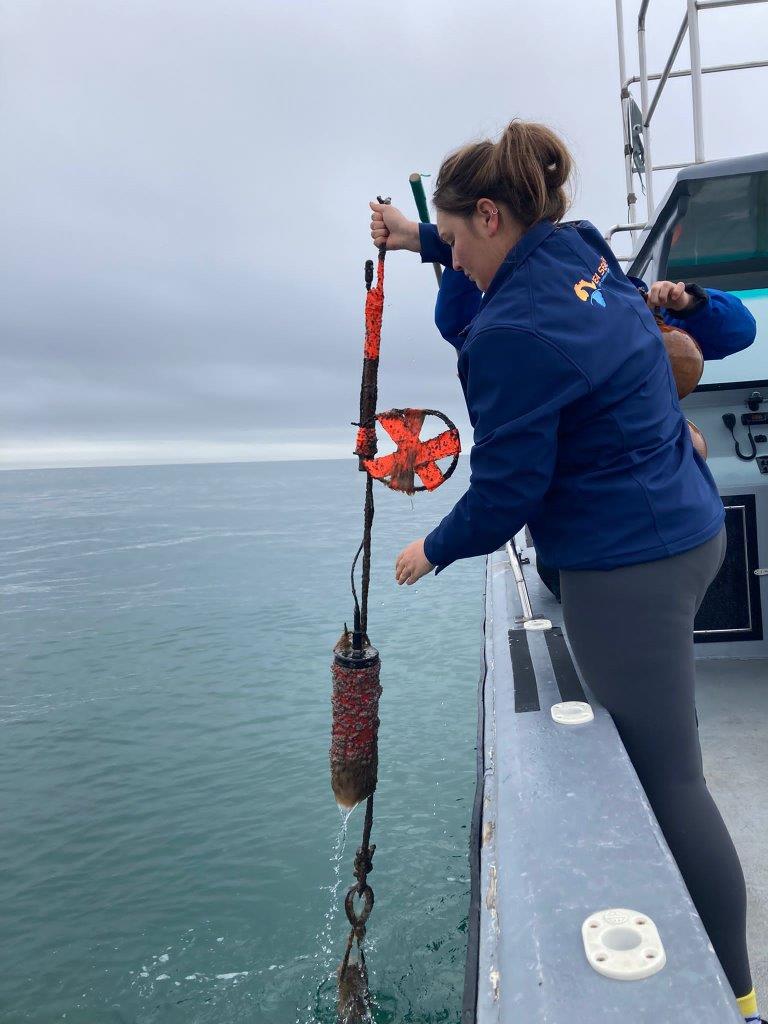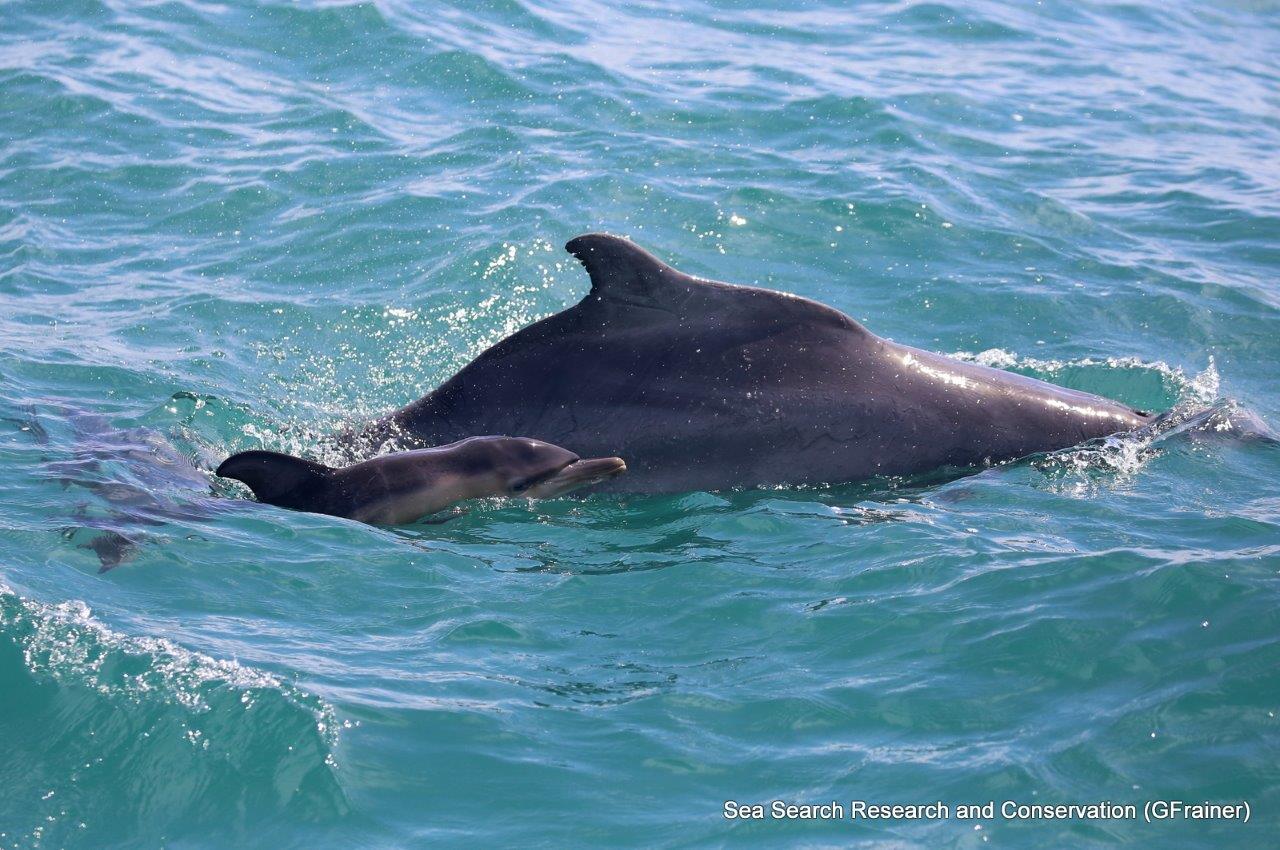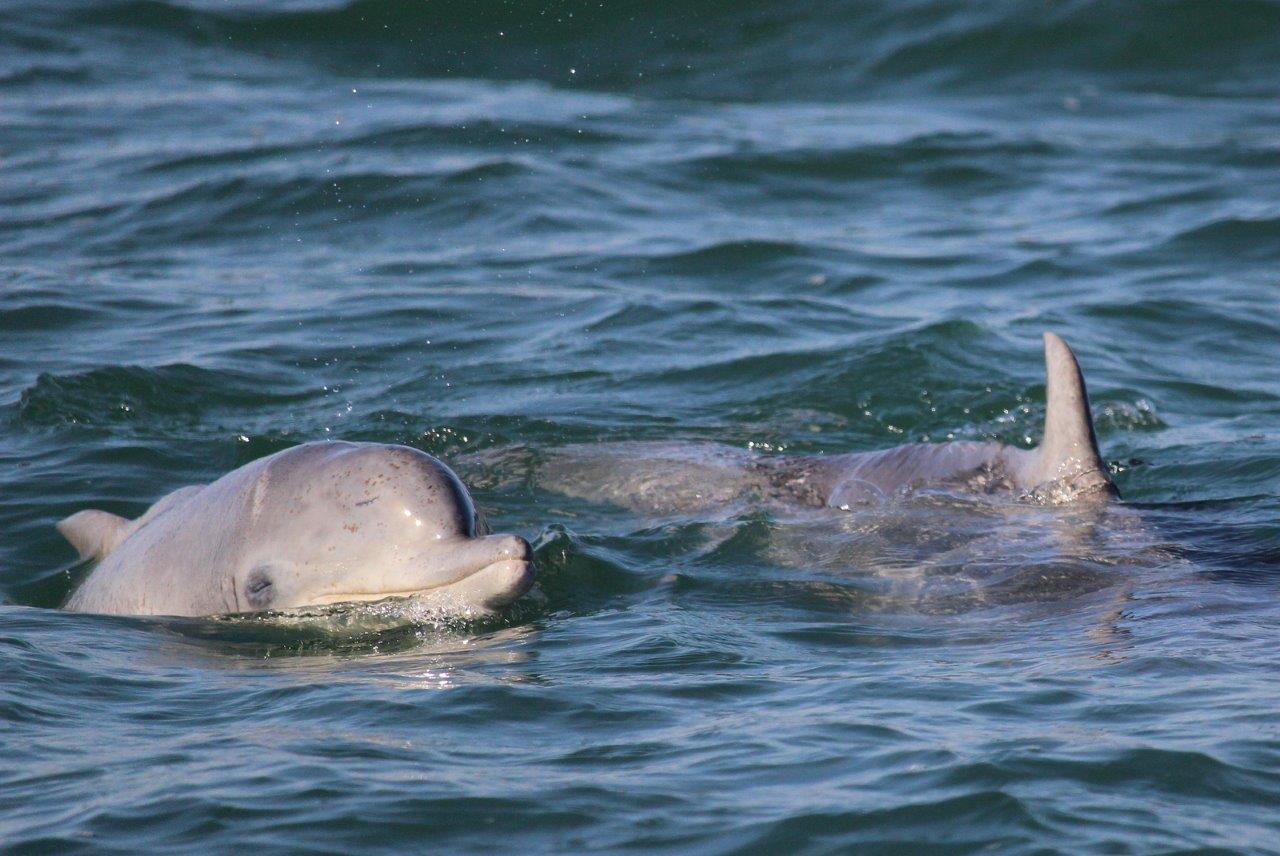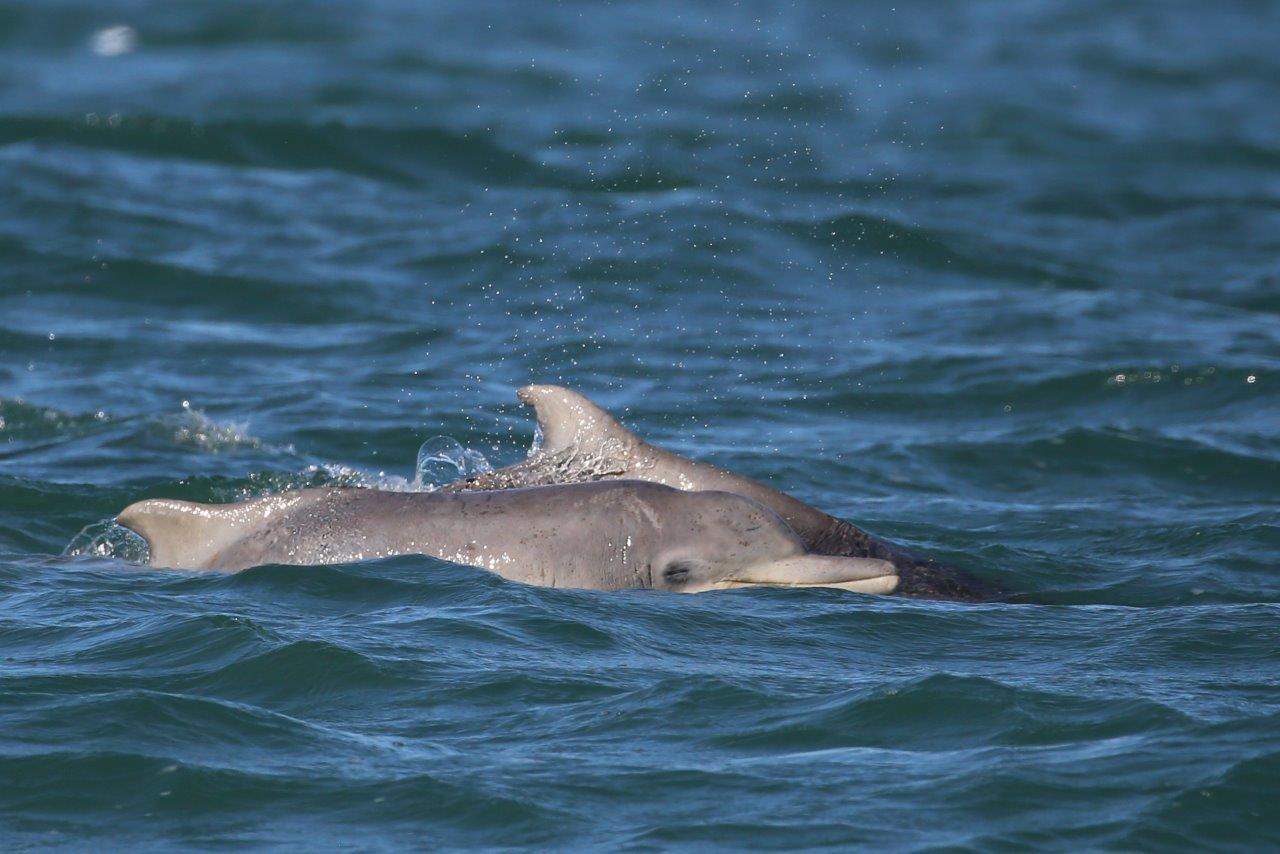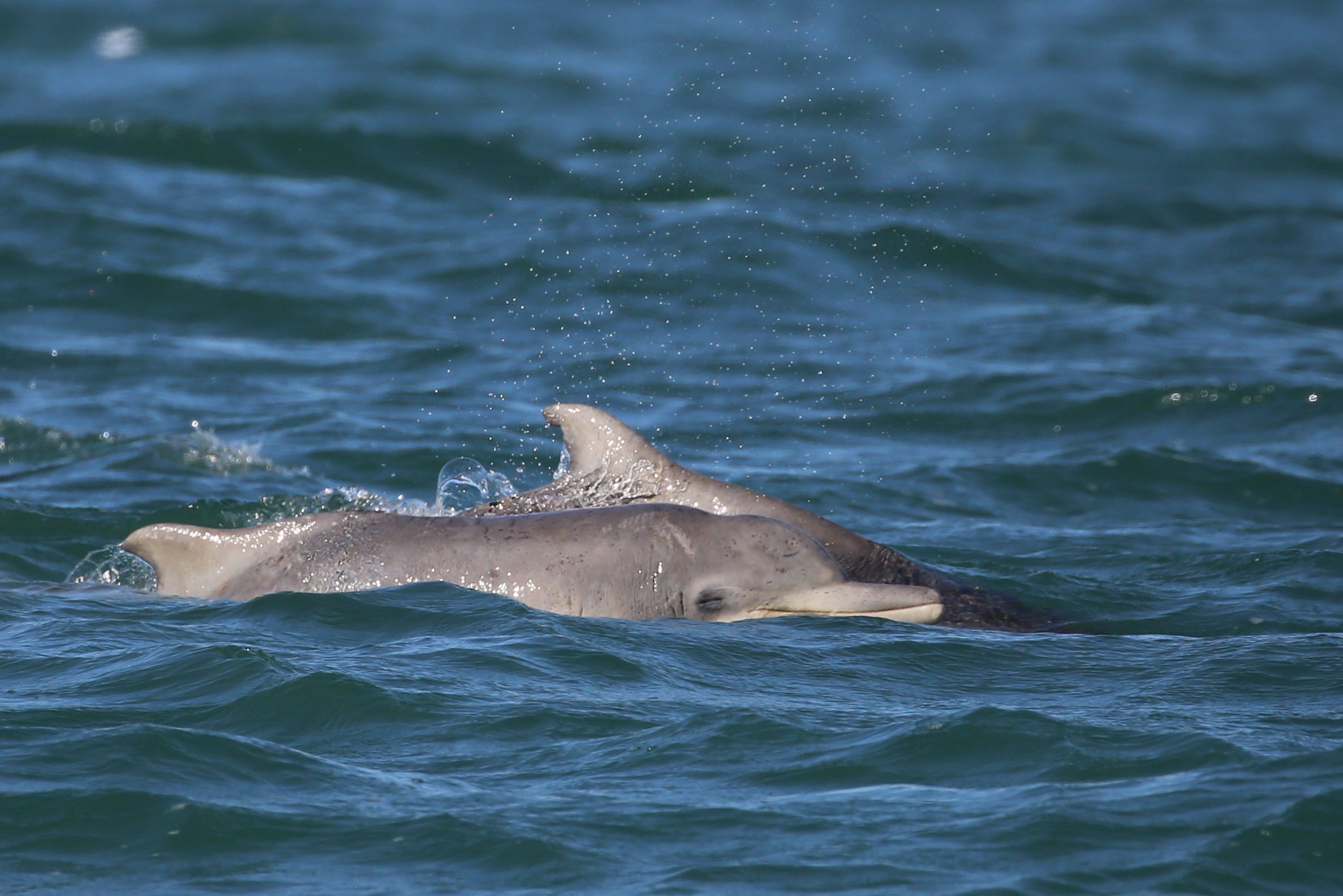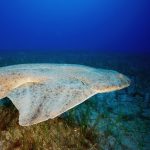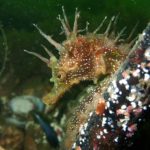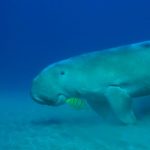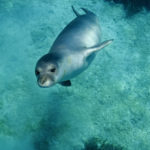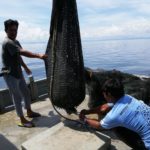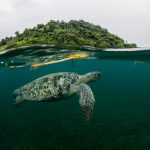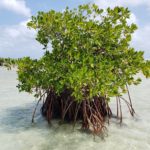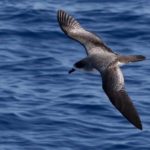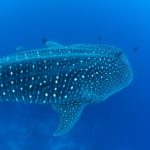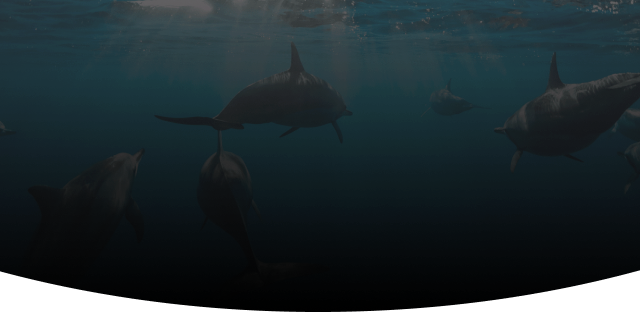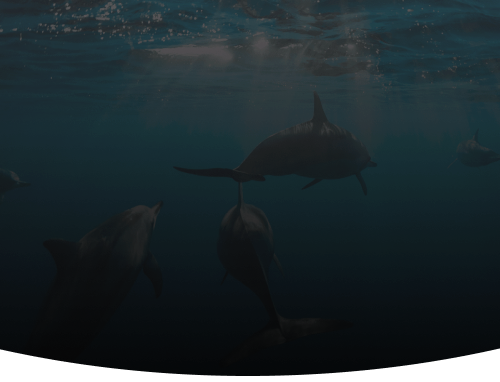Take Action
As technology improves, scientists have opportunities to get creative and innovate, making monitoring techniques more climate friendly and cost effective. The SWORD project is exploring and implementing new ways of monitoring the Indian Ocean Humpback dolphin population with underwater microphones! Knowing that each individual dolphin produces a distinct sound, they want to use hydrophones and artificial intelligence to monitor the population from a distance, over a larger range, 24/7. This will give them the information they need to set up protective measures for the most endangered marine mammal of South Africa.
What are we fundraising for?
•Underwater hydrophones.
•Fieldwork.
•Boat surveys.
Why:
•More monitoring with reduced carbon footprint and costs.
Goal: €17.867,00
Donate nowSea the Work
Project budget
Yearly budget: € 35.650,00
Budget secured: 50%
19%
Workforce
20%
Operational
58%
Fieldwork
2%
Awareness & Outreach
1%
Miscellaneous
Deep dive
The SWORD Project is hosted by Sea Search Research and Conservation, a research program with specialization in acoustic research. SWORD stands for Signature Whistles for Occurrence, Recapture and Density. In other words, the team is exploring whether the recording of signature-whistles, an individual-specific sound produced by dolphins (like the use of names in humans) can be used to monitor populations of dolphins. This includes how often and when specific dolphins visit specific bays in South Africa, how they are behaving in these bays, the number of individuals in each group even some social dynamics.
The team do this by deploying special underwater microphones, called hydrophones, in different locations along the coast where dolphins regularly pass by. These hydrophones are anchored to the bottom using weighted structures and held up straight in the water column by a buoy. Depending on the environmental conditions, these hydrophones can remain in the water for up to 40 days before they need to be collected by the team. Upon collection of the device, the team will download the data and look at the different suites of vocalizations captured; and with the aid of machine learning, gradually automatize the process.
Traditionally photo-identification is one of the methods used to monitor marine mammal populations. This involves multiple boat surveys and the photographic capture of a specific part of an animal’s body. Although this is a great and well-established technique, it is not viable for all species of dolphins. For the extremely coastal and quickly declining population of Indian Ocean humpback dolphins, sightings are not sufficient to monitor the population health. Indian Ocean humpback dolphins are one of the most endangered animals in South Africa, with an estimated population below 500 Individuals. These dolphins are coastal dolphins, meaning they live primarily within 200m from the coast. This is an extremely hostile environment for marine animals as they are more exposed to man-made impacts such as pollution run-off, shark nets, fishing bycatch, boat traffic and noise. Considered at risk of being one of our next marine species to become extinct, their critical status requires more immediate attention as well as closer, and more effective, monitoring techniques.
The current goal is to expand the network of hydrophones to further test the use of this novel system as a conservation tool. The data collected will be contributed towards the biodiversity monitoring plan which will advise the South African government on a species recovery action plan.
